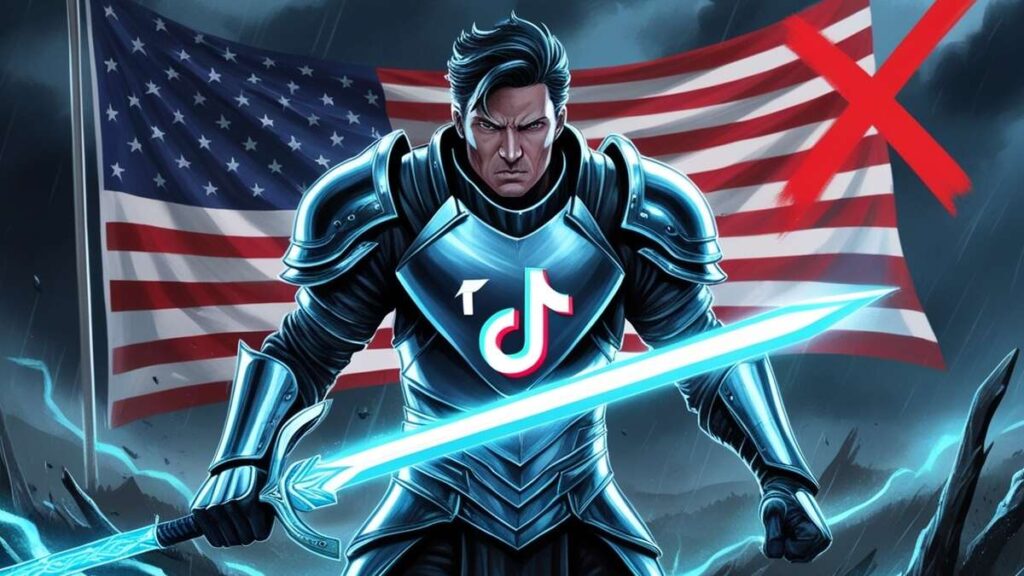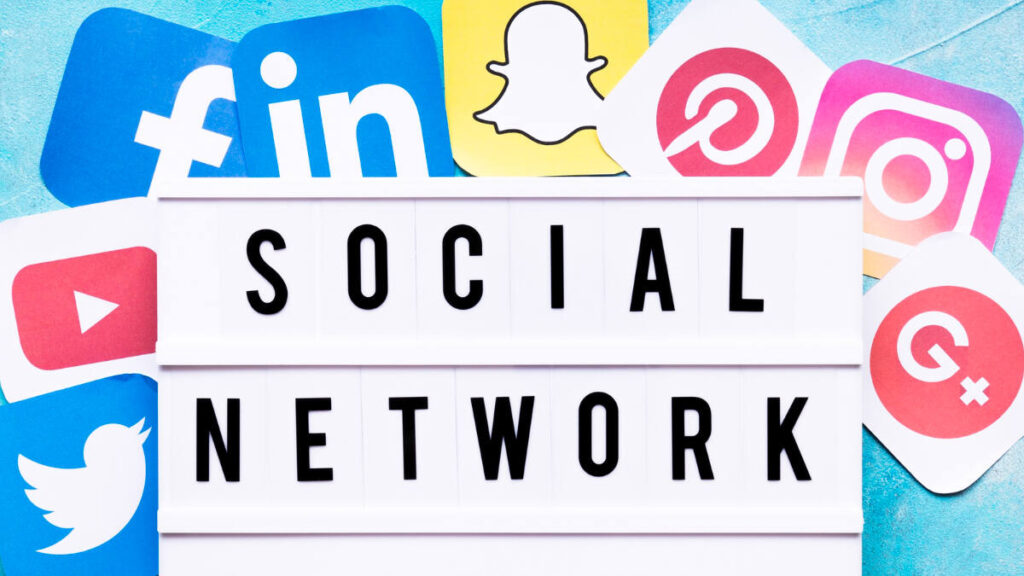Introduction
The stakes have never been higher for TikTok. As one of the world’s most popular social media platforms, TikTok has captivated millions with its bite-sized videos, catchy trends, and influencer-driven culture. Yet, 2024 brings uncertainty as the app faces mounting pressure to address national security concerns in the U.S. The TikTok Fight for Survival is not just a corporate battle—it’s a cultural movement, an economic issue, and a tech industry flashpoint.
- Introduction
- Why Is TikTok in Trouble?
- The Security Concerns Behind TikTok’s Popularity
- The U.S. Perspective: Key Concerns
- TikTok's Global Influence and Economic Impact
- What Would a Ban Mean for Creators and Businesses?
- Steps TikTok Can Take to Avoid a Ban
- Lessons from Huawei's U.S. Ban
- How Users Are Responding to the Ban Threat
- The Role of Advocacy and Lobbying in TikTok's Strategy
- What Does the Future Hold for TikTok?
- Conclusion
In this article, we’ll examine the origins of TikTok’s challenges, explore why the U.S. government is considering banning it, and outline potential strategies it can adopt to secure its future.
Why Is TikTok in Trouble?
TikTok’s meteoric rise has not come without its challenges. While it enjoys a user base of over 1 billion active users globally, its Chinese ownership has put it under intense scrutiny in the U.S. The primary concern? Data security.
The U.S. government alleges that TikTok’s parent company, ByteDance, could potentially hand over user data to the Chinese government. This fear has only been exacerbated by geopolitical tensions between the U.S. and China. It’s a modern-day tug-of-war between cultural expression and political caution, leaving TikTok squarely in the crossfire.
Many users are unaware of the larger battle raging behind the app. Lawmakers debate its future while they swipe through dances, comedy clips, and tutorials. The TikTok Fight for Survival is as much about perception as it is about policy.
The Security Concerns Behind TikTok’s Popularity
TikTok’s immense popularity comes from its innovative algorithm, which tailors content to individual users like no other platform. But therein lies the concern: how much data is TikTok collecting to fine-tune this experience?
Reports suggest that TikTok gathers information such as location, device details, and browsing habits. Critics argue that this creates a treasure trove of sensitive data. The fear is that this data might be accessible to foreign entities, compromising national security.
The TikTok Fight for Survival hinges on addressing these concerns. The app must balance its functionality with tighter security measures, ensuring its innovative edge doesn’t come at the cost of user privacy.
The U.S. Perspective: Key Concerns
From a U.S. perspective, TikTok is more than just a fun app—it’s a potential security risk. Lawmakers have pointed to two main issues:
- Data Access: Could user data be exploited for espionage or influence operations?
- Content Manipulation: Could TikTok promote propaganda or censor content to align with foreign interests?
In 2020, the Trump administration attempted to ban TikTok, citing these concerns. Although legal challenges halted the ban, the Biden administration has not dismissed the issue. The government has demanded that TikTok’s operations be examined in greater detail.
The TikTok Fight for Survival now depends on addressing these bipartisan concerns. Without proactive steps, the app risks losing one of its largest markets.
TikTok’s Global Influence and Economic Impact
The importance of TikTok goes beyond amusement; it is a major force in both culture and the economy. With millions of creators monetizing their content, TikTok has become a hub for entrepreneurship. Small businesses, too, leverage TikTok’s algorithm to reach audiences they couldn’t access through traditional means.
However, a U.S. ban would disrupt this ecosystem. Creators could lose their income streams, and businesses might miss out on critical marketing channels. The ripple effects would extend to the global economy, highlighting the high stakes of the TikTok Fight for Survival.
What Would a Ban Mean for Creators and Businesses?
Imagine waking up to find TikTok banned overnight. For creators who’ve built their livelihoods on the platform, this isn’t just a hypothetical scenario—it’s their worst nightmare.
Take Sophia, a 25-year-old makeup artist, as an example. Sophia used TikTok to grow her following from zero to 500,000 in under a year. She now earns a full-time income through brand deals and tutorials. A ban would leave her scrambling to rebuild her audience elsewhere.
For businesses, the story is similar. Even tiny brands can become viral thanks to TikTok’s algorithm. Without the platform, these businesses would need to spend significantly more on ads, diminishing their reach and profitability.
The TikTok Fight for Survival is also a fight for the livelihoods of millions. It’s a human problem, not merely a technological one.
Steps TikTok Can Take to Avoid a Ban
TikTok’s future in the U.S. isn’t set in stone. There are actionable steps the platform can take to mitigate risks and build trust.
Transparency and Data Localization
TikTok has already declared plans to localize user data in the United States by hosting it on domestic servers. “Project Texas” program attempts to keep American data out of foreign hands. By increasing transparency around its data practices, TikTok can alleviate many concerns.
Partnership with U.S.-based Companies
Another potential solution is forming partnerships with U.S. tech firms. By collaborating with trusted names, TikTok could share governance responsibilities, signaling its commitment to user safety.
Lessons from Huawei’s U.S. Ban
TikTok fight isn’t the first Chinese tech company to face U.S. restrictions. Huawei, a leading telecom giant, was effectively blocked due to similar security concerns. While Huawei struggled to overcome these challenges, TikTok can learn from its experience.
The key difference lies in TikTok’s approach. Unlike Huawei, TikTok fight is more culturally ingrained in the U.S., giving it leverage to negotiate. The TikTok Fight for Survival requires strategic adaptability—something Huawei lacked.
How Users Are Responding to the Ban Threat
The thought of losing TikTok has sparked a wave of activism. Users have taken to social media to voice their support for the app, highlighting its cultural and economic contributions.
The public outcry is undeniable, from viral hashtags like #SaveTikTok to petitions with millions of signatures. This grassroots movement underscores the app’s importance, pressuring lawmakers to reconsider a ban.
The Role of Advocacy and Lobbying in TikTok’s Strategy
TikTok’s survival will also depend on effective advocacy. The platform can present its case directly to decision-makers by hiring lobbyists and engaging with policymakers.
The company has already ramped up its lobbying efforts, emphasizing its economic contributions and commitment to transparency. This approach could make all the difference in the TikTok Fight for Survival.
What Does the Future Hold for TikTok?
The path forward is uncertain, but one thing is clear: TikTok isn’t going down without a fight. The platform invests heavily in security measures and public relations campaigns to win back trust.
As users, creators, and businesses rally behind it, TikTok fight has a unique opportunity to turn this crisis into a turning point. The TikTok Fight for Survival could redefine how we approach tech regulation and global collaboration.
Conclusion
The TikTok Fight for Survival is more than just a corporate dilemma—it’s a complex intersection of technology, politics, culture, and economics. As TikTok faces the possibility of a U.S. ban, its future depends on proactive steps to address national security concerns, build trust with policymakers, and protect user privacy. TikTok can secure its place as a global social media leader by implementing strategies such as data localization, forming partnerships with U.S.-based companies, and amplifying its advocacy efforts.
TikTok represents more than entertainment for millions of creators, businesses, and users— it’s a platform for innovation, connection, and opportunity. The outcome of this fight will not only shape TikTok’s future but also set a precedent for the regulation of international tech companies. Whether TikTok survives this storm or succumbs to a ban, one thing is certain: its journey will continue to redefine the digital landscape.


